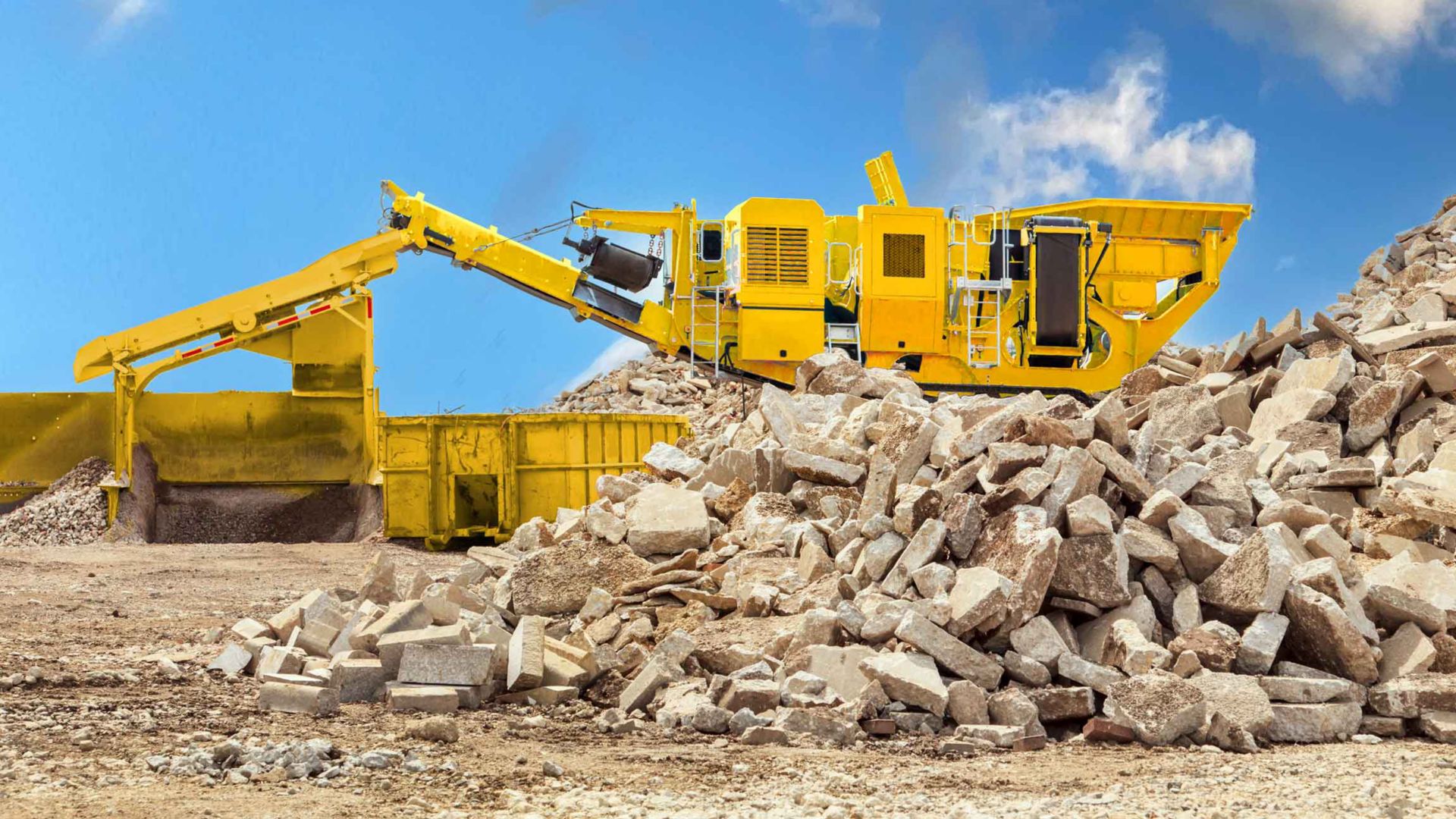Sika has succeeded in developing a highly efficient process to separate and reuse components of demolished concrete and increase the recycled aggregates' quality. The old concrete is broken down into individual parts - aggregates, sand, and fine powdered material - in a simple process which also binds a significant amount of CO2.
Can Demolished Concrete Recycling Be More Sustainable? Yes!
This innovation, with the brand name reCO2ver, will make a significant contribution reducing the ecological footprint of the construction industry:
- Cleaning of concrete waste from cement stone
- Recovers raw materials in reusable quality
- Sequestration of CO2 by carbonation of cement stone powder
- Carbonated fine powder usable in composite binders
- IP protected
- Industrial scale pilot plant for final proof of concept
Why Smart Concrete Recycling Is Important?
Current Situation & Challenge
Large volumes of concrete demolition waste are generated worldwide every year. The vast majority ends up in landfills. This waste could instead be recycled.
Recycling this material is particularly crucial in dense urban areas, as this is where most old concrete accumulates.
What Is Wrong with Current Recycled Concrete?
State-of-the-art recycling of construction and concrete demolition waste has up to now achieved an unsatisfying level only:
- Return rates of secondary raw material for concrete production are below 60%, and the application field is limited to low-grade concrete.
- In particular, because of the low quality of available secondary aggregates, their exchange rate for primary material is limited to about 30% - a very unsatisfying level at which desired quality of concrete has to be ensured through the excess amount of cement and chemical admixtures.
- Overall, state-of-the-art recycling has so far been rather down cycling, and concrete produced of the obtained secondary material even comprises slightly increased global warming potential.
Concrete Recycling Optimization with Sika's Innovative reCO₂ver Process
Sika’s novel recycling technology is exploiting synergy from a chemo-mechanical treatment of concrete demolition waste. It involves superficial carbonation of the cementitious matrix that is softened and removed upon attrition. With that, freshly exposed surfaces are obtained, able to further carbonate until aggregates free from cementitious material are obtained. In that way, concrete/mortar demolition waste can be separated into “secondary aggregates” for recycling at a quality level of primary material and a powdery material utilizable as secondary raw materials in a broad application spectrum.
The recycling process elaborated by Sika is tackling several issues related to the state-of-the-art recycling of construction demolition waste. In a relatively simple and efficient process, clean aggregates can be extracted from concrete waste.
Comparative testing of the Sika reCO2ver process has demonstrated that new concrete containing recycled content performs similarly to an all-new product. Thanks to additionally developed chemical additives, other process optimizations can be achieved, such as the flexibility to tailor specific concrete functionalities.
The Values of reCO2ver
- Circular economy of concrete
- Saving natural resources
- Use of concrete waste for CO2 sequestration
- Additional reduction of CO2 emissions:
- By reduction of cement requirement in recycled concrete
- By partial replacement of clinker with generated fine powder
Milestone in Concrete Recycling
With the new process, demolished concrete can be completely recycled and saved from landfills. So far, attempts to recycle old concrete have led to rather low recycling rates, and only 30% of primary material can be substituted by these recycled materials in structural concrete. The Sika innovation will produce high-performance concrete while sequestering a significant amount of CO2.
"In the five largest EU countries alone, roughly 300 million tons of old concrete are generated every year. With complete recycling of these materials, up to 15 million tons of CO2 emissions can be captured. We are convinced that our new process has the potential to benefit both our customers and the environment." Thomas Hasler, Chief Executive Officer

